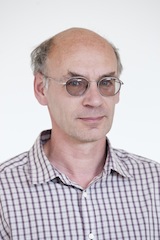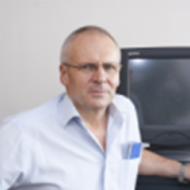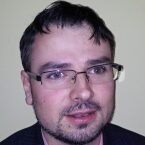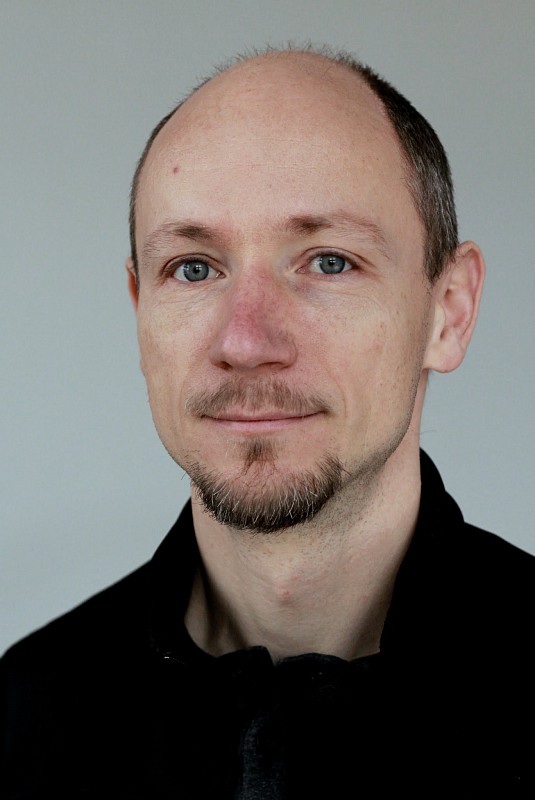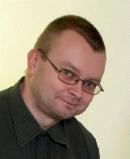Research teams
SAMI group is concerned with fundamental and applied research in biomedical engineering. Our main scope of interest focus on speech, biological signals, digital signal processing and machine learning with background in neurology, phoniatry, speech therapy and physiology.
SAMI group supports the quantitative multidisciplionarity and the research results are part of projects solved in collaboration with University Hospitals. The findings lead to a deeper understanding and are used in the diagnosis and evaluation of treatment.
We deal with the biomedical electronics and the biomedical signal processing especially in the field of the telemedicine, telemonitoring and assistive technologies.
Our research extends support for unhealthy and/or disabled people and for the elderly and gives them the opportunity to stay in their natural environment instead of institutionalized them. The research is also focused on the development of new diagnostic methods applicable in a wide range of daily care.
Our research team is oriented on basic and applied research of EM (electromanetic) field applications in biomedicine and on research and development of the EM field applications used for new environment protecting industrial technologies. In the area of the treatment and diagnostic applications of EM field we work since the year 1981.
We follow the research of positive and negative biological effects of the EM field on a human being as well. We study basic principles how EM field can be generated in biological systems themselves.

We are involved in research and development of new methods for high-precision non-invasive oscillometric measurement of pressure in circulatory system. We cooperate with leading Czech and foreign medical institutions.
In the Intelligent Data Analysis research lab we work on the following topics:
We make computers discover knowledge hidden in data. We devise algorithms able to detect patterns and associations in data, construct predictive models and help identify the processes that generated the data. We contribute mainly to the fields of statistical-relational machine learning, data mining and inductive logic programming.
We develop non-conventional optimization techniques, such as new kinds of evolutionary and randomized algorithms, which yield reasonable solutions in acceptable runtimes even in tasks where traditional optimization fails.
We apply our methods primarily in bioinformatics. For example, we have made a tool called XGENE.ORG that analyzes gene expression data using machine learning methods or the Prodigy system for statistical analysis of protein structure.

HF&BM research group incorporates experts for sound and video perception, pilot response evaluation etc. and related interdisciplinary fields (magnetopneumography, iEEG evaluation, biomedical sensors etc.).
Current technology offers number of sophisticated new sensors and devices (e.g. mobile phones, tiny cameras, brain stimulators) inviting for integration into smart man-machine systems, original medical devices, interactive assistive or rehabilitation tools and assistive environments.
Our aim is to design and create such interoperating systems having in mind the needs of their intended users, be it medical professionals, patients, computer users or challenged persons. To reach this goal we take advantage of the fact that our expertise includes know-how to ensure complex SW implementation and its integration with commercial HW components or some original HW solutions and research background in some AI disciplines, namely in machine learning, computer reasoning and signal processing.

We develop new algorithms for biomedical image processing. We process images from different modalities, such as magnetic resonance, ultrasound, computed tomography, or microscopy.
We work in 2D, 3D and 4D. We know how to preprocess the data, how to register, segment, model, reconstruct and classify them. We use techniques from image processing, numerical mathematics, as well as machine learning.
Departments participating on BIO












